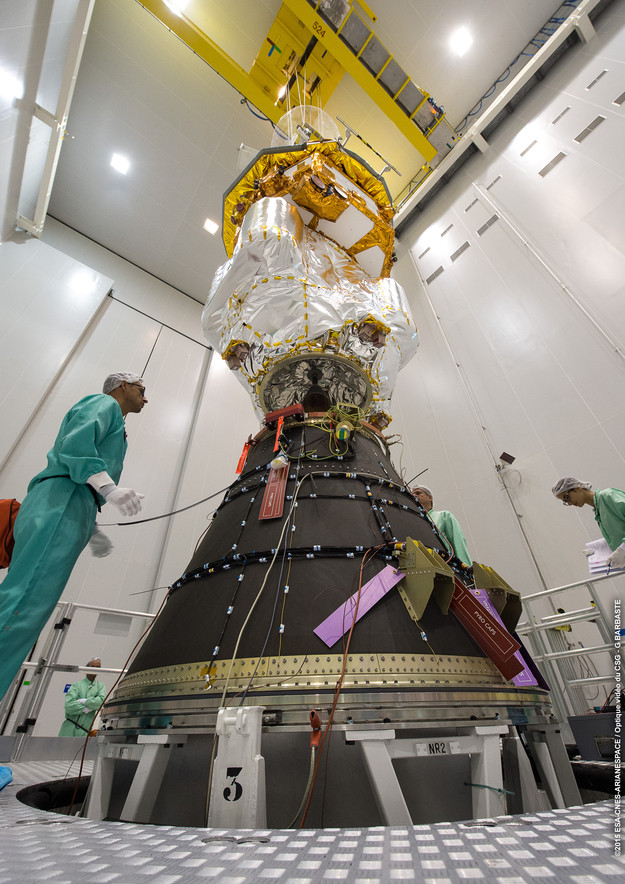Glasgow team hopes to catch gravitational waves 100 years after they were predicted

Hundred years after the theory of relativity predicted the gravitational waves, they still remain elusive. In yet another attempt, a kit prepared by a team at the University of Glasgow's Institute for Gravitational Research will lift off to look for these ripples in the space time fabric Einstein presented the world.
The equipment will travel on the European Space Agency's LISA Pathfinder spacecraft. It will take around eight weeks to reach its operating orbit, around 1.5 million km from earth towards the sun.
Dr Harry Ward, who leads the Glasgow team, said the mission could take them a step closer to discovering direct evidence of gravitational waves. He said: "For the last decade, we've been working very hard on LISA Pathfinder, which is a tremendously exciting project involving researchers from all over Europe."
The mission will pave the way for a planned gravitational wave observatory eLISA involving three satellites in a triangular formation.
It was 100 years ago on 25 November, 1915, that physicist Albert Einstein, 36, presented his new general theory of relativity to the Prussian Academy of Sciences, overturning concepts of gravity and reality. It all began with a thought experiment exploring the laws of physics for observers, stationary in deep space or in a dropping elevator.
Theory of Relativity
Both seemed to produce different results till Einstein argued that gravity disappears during free fall. He went on to equate the effects of gravity and uniform acceleration in an "equivalence principle" that cancels out the force of gravity in certain conditions and keeps the laws of physics intact in all frames.
The main takeaway from the Theory of General Relativity is that any body with mass possesses gravitational force, and distorts the space in which it is situated and other objects in its surroundings. For a miniscule mass like a human, the space around remains flat and is not pinched/warped as with massive objects like black holes.
Where Newtonian physics interpreted gravity as a force between two bodies, relativity saw it as a property of every body which affects the space time fabric around it. Scientists also believe that gravity transmits in waves in the fabric of space and time. The search for these gravitational waves has so far been unsuccessful.
The warping effect of gravity can also be seen on light and was proved during a total solar eclipse on 29 May, 1919. Astronomers saw the bending of star light by the sun's gravitational field. The Theory of General Relativity was able to predict the existence of black holes and the state of expansion of our universe. About the universe's future, the Theory of General Relativity presents a picture of "frozenness and emptiness" as the galaxies in it grow immeasurably distant from one another, writes Haaretz.
© Copyright IBTimes 2025. All rights reserved.





















